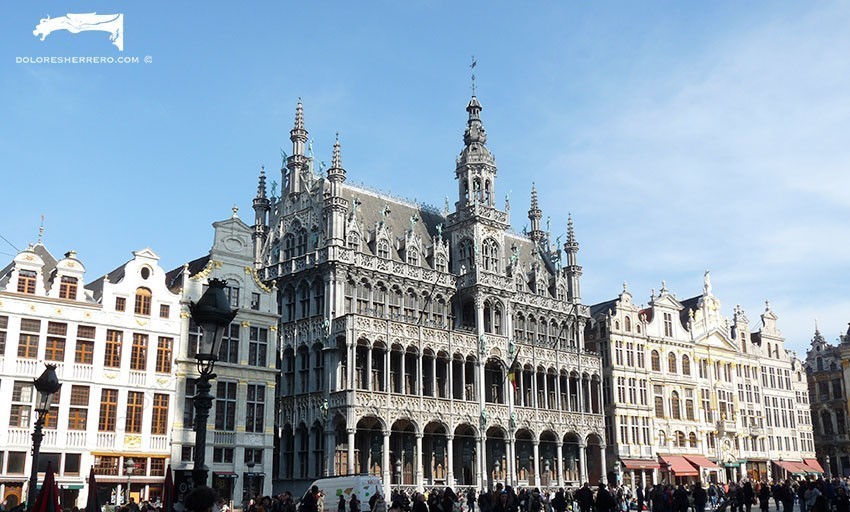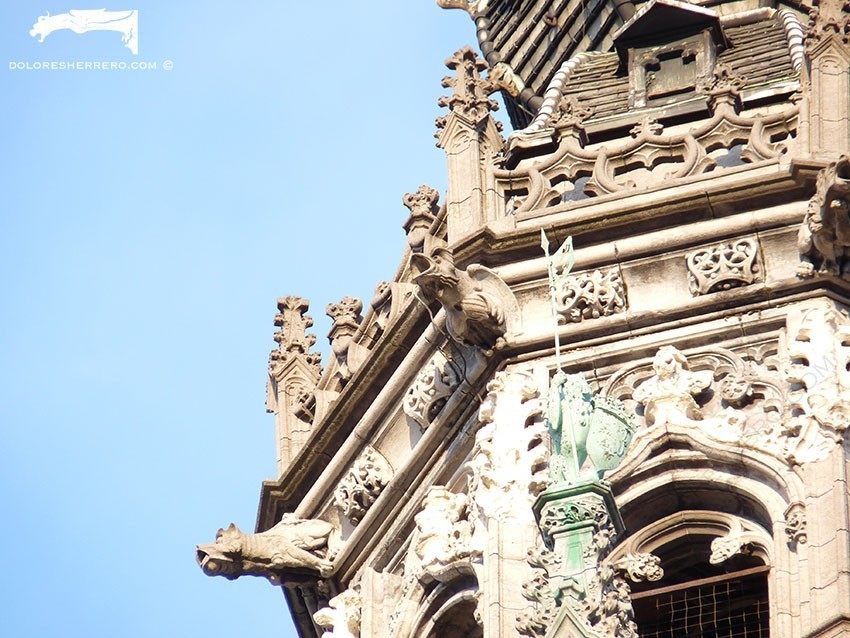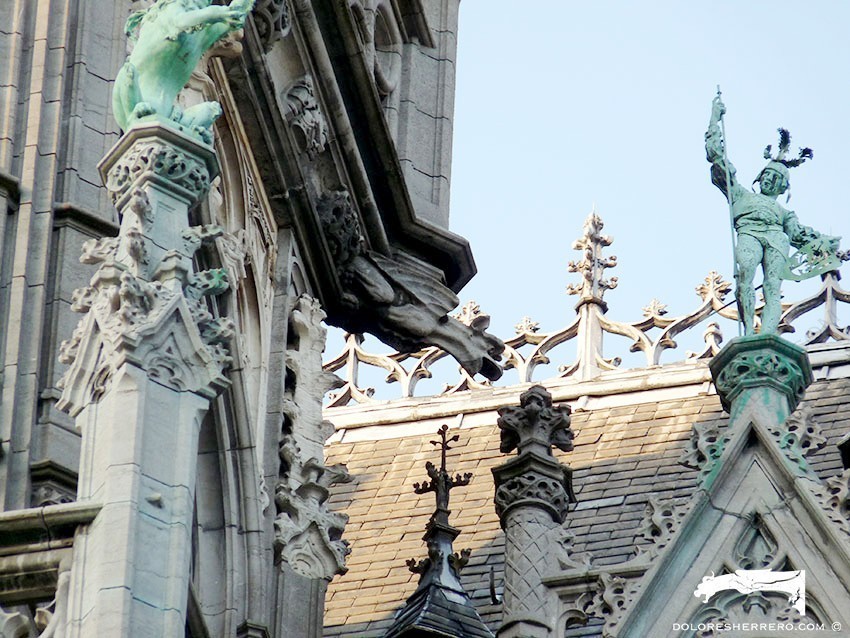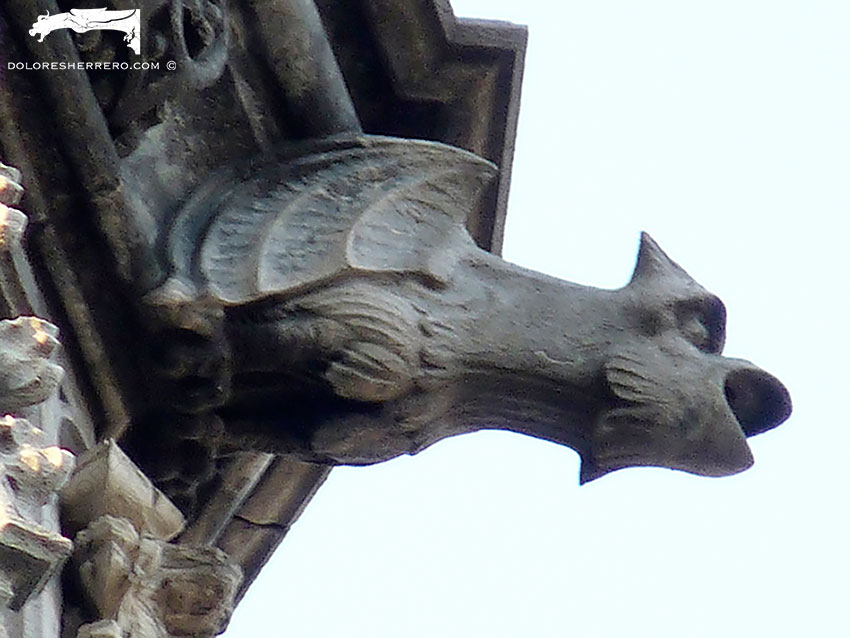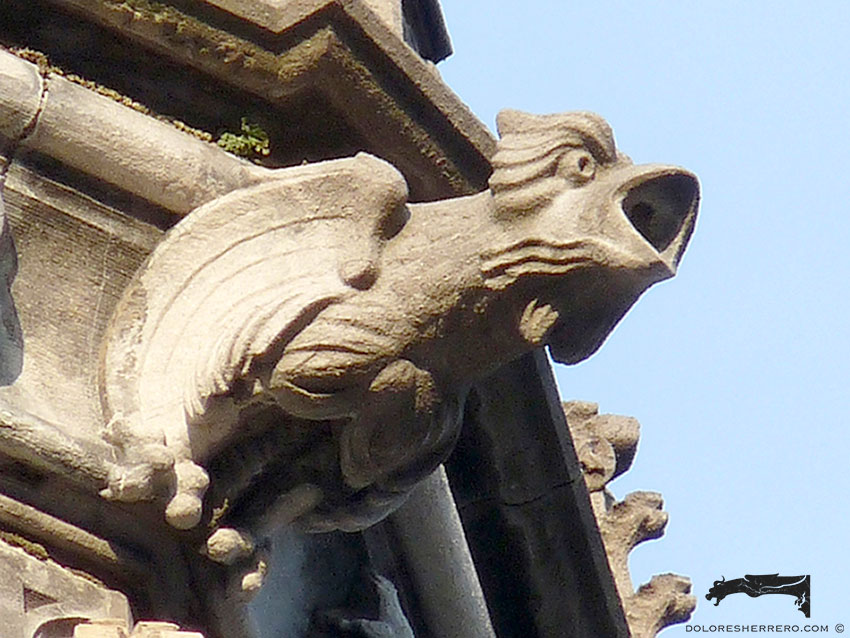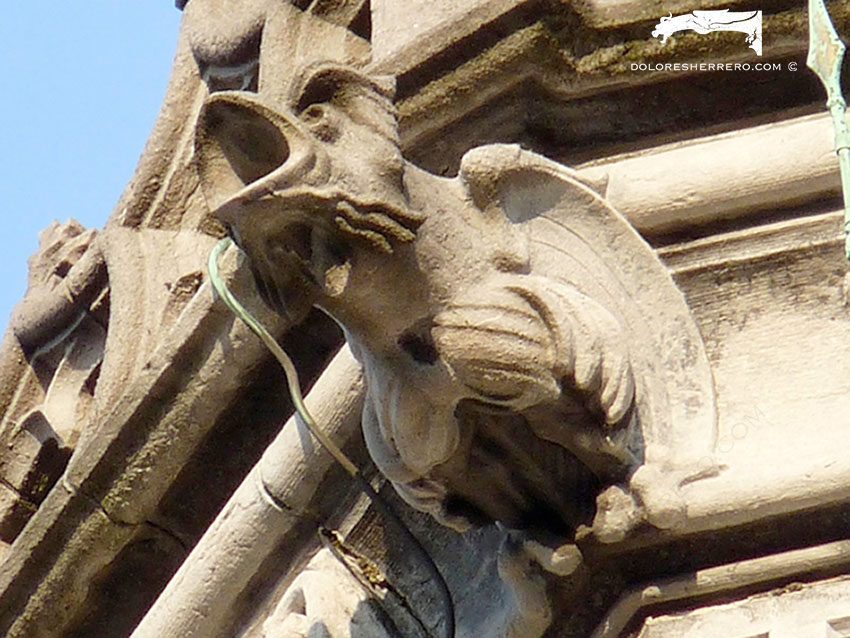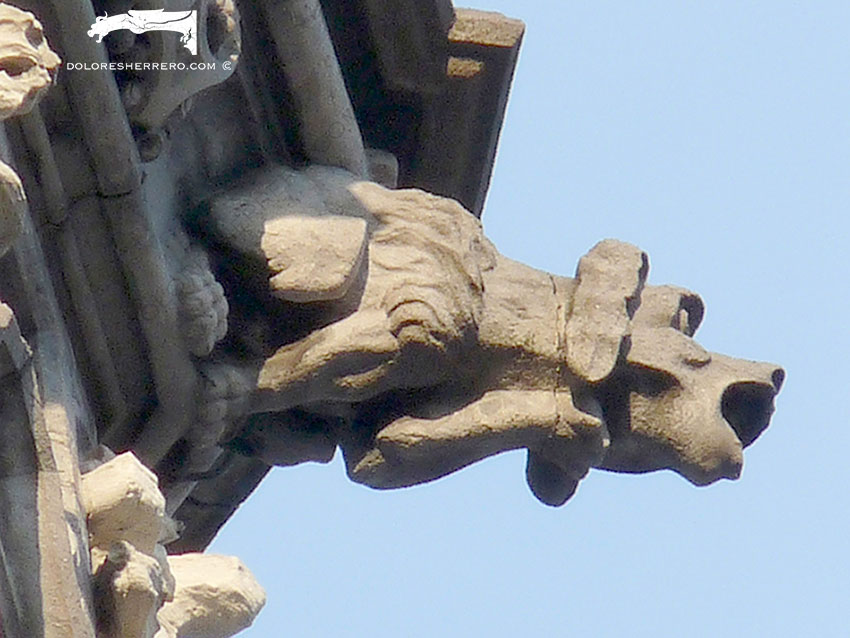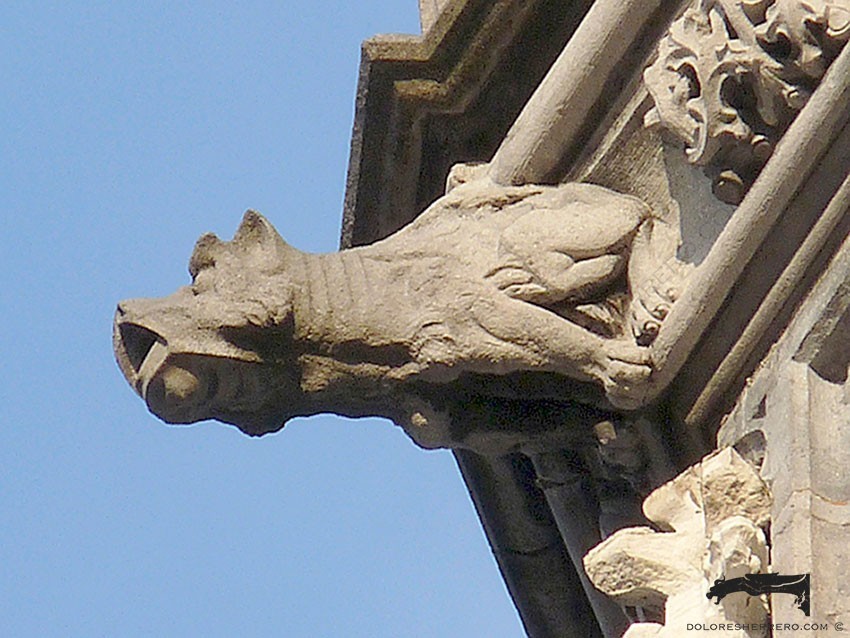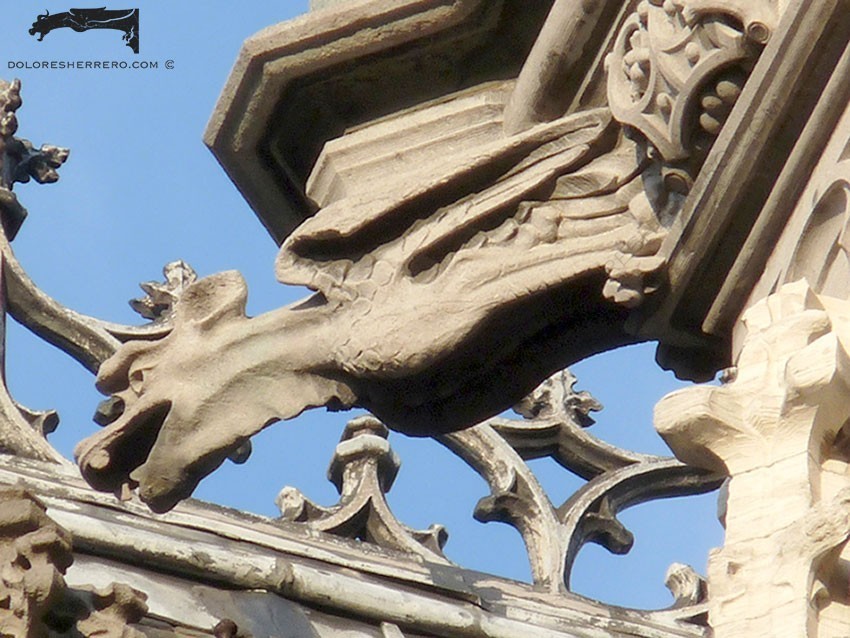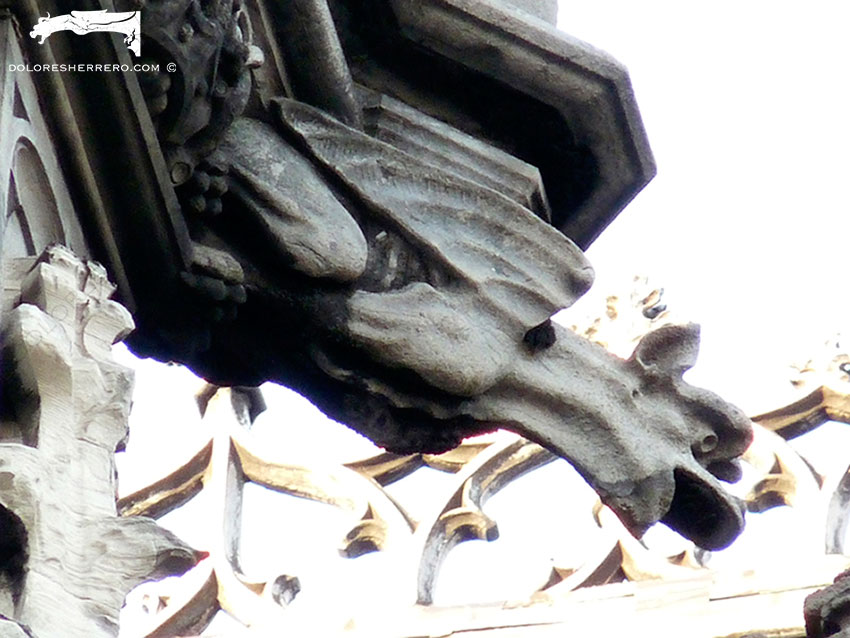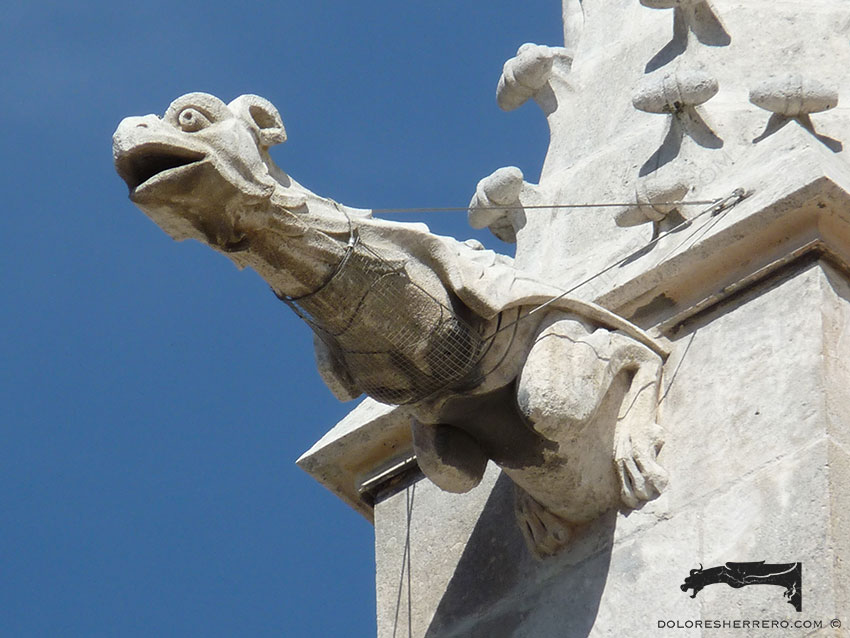Today’s journey takes us to Belgium for the first time, specifically to the beautiful city of Brussels, where we can gaze at one of the most wonderful and outstanding squares in the world, the Grand Place.
Today’s gargoyles can be found on one of the square’s magnificent buildings, La Maison du Roi (The King’s House), also known as Broodhuis (Bread House).
This impressive building has undergone a number of changes throughout the centuries. Before being a residence for monarchs, back in the 12th century it was a wooden building where bakers sold bread. In the 15th century it was replaced by a stone building and was used as the location for the Duke of Brabant’s office. Later, in the 16th century, it was rebuilt in the Late Gothic style. Finally, in 1873 it was rebuilt in the Neo-Gothic style. It is now home to the city’s museum, Musée de la Ville (Museum of the City of Brussels).
Gargoyles
The gargoyles are high up on the tower and you can make out a variety of types. There are birds, dogs and winged quadrupeds. Some figures have peculiar details like the design on the birds’ wings. You can see dogs with long, droopy ears and resting one of their paws on their throat. The winged quadrupeds have round eyes, crests, fangs and a marked trachea; curiously, they are similar to some of the gargoyles on the Cathedral in León (Spain). It’s true that wherever you go and despite their huge diversity of styles and types, gargoyles express themselves to us with a unique, universal language.
Birds
Dogs
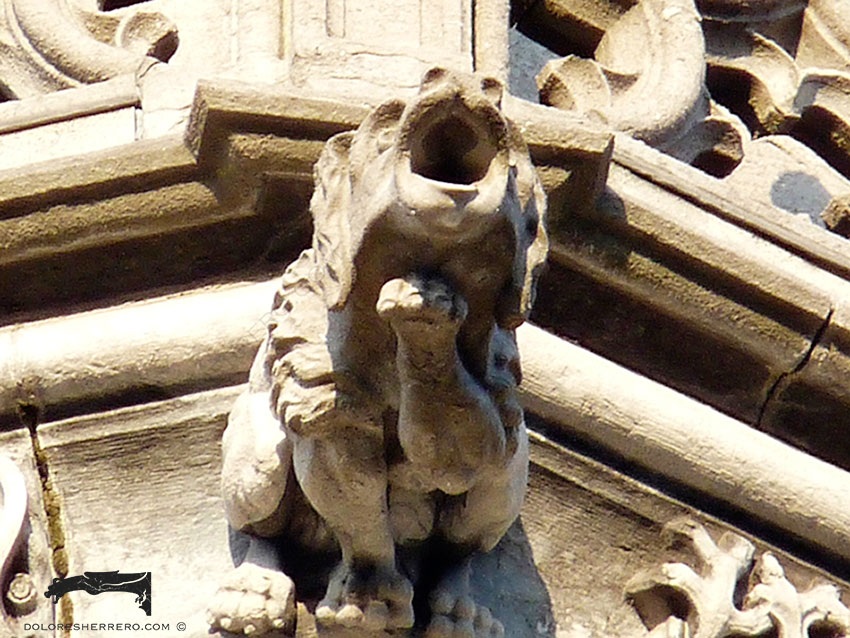
Winged quadrupeds
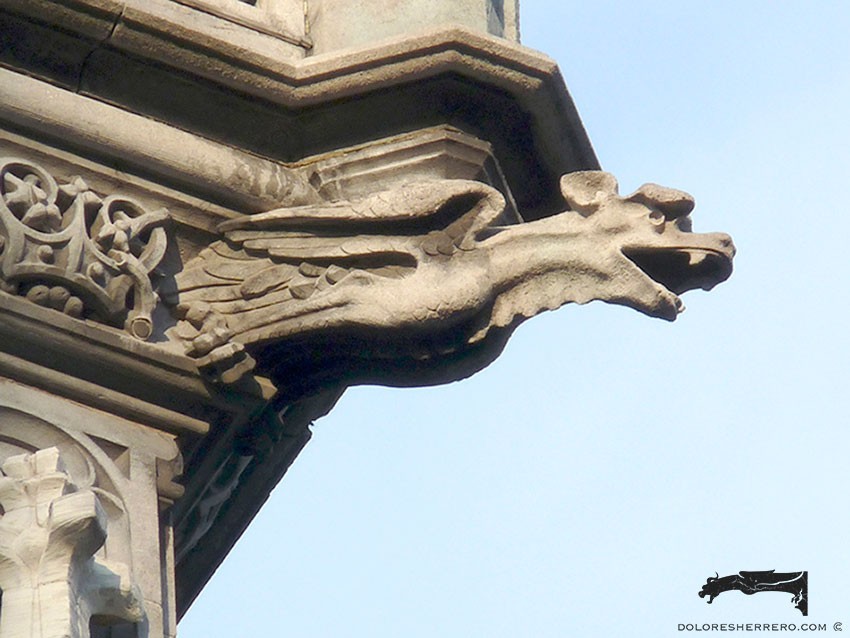
- León Cathedral (Spain)
- León Cathedral (Spain)
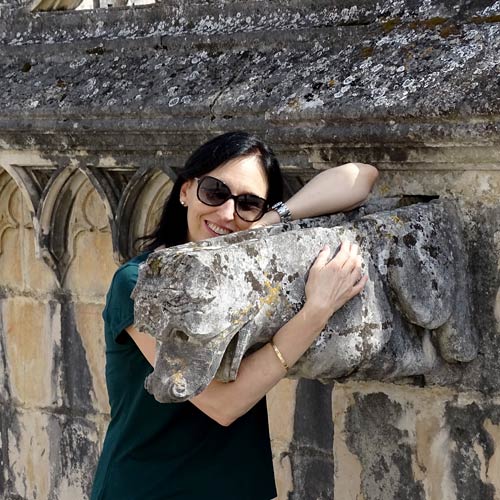
Doctor of Art History and researcher specializing in the study of gargoyles.
I am Dolores Herrero Ferrio, and my thesis, “An Approach to the Study of Gargoyles of Gothic Cathedrals in Castilla and León”, is dedicated to the study of these fascinating figures.
If you like gargoyles and art history, you will also enjoy my book, “The Gargoyle and Its Iconography,” a book I have written with great care for those interested in the world of gargoyles.
I have created my own Encyclopedia of Gargoyles, a Gargopedia to share with you, where you will discover all the secrets and wonders of these enigmatic sculptures.
I hope you enjoy this Gargopedia as much as I have enjoyed creating it, and remember that each gargoyle has a story to tell, and here you will discover them all.
